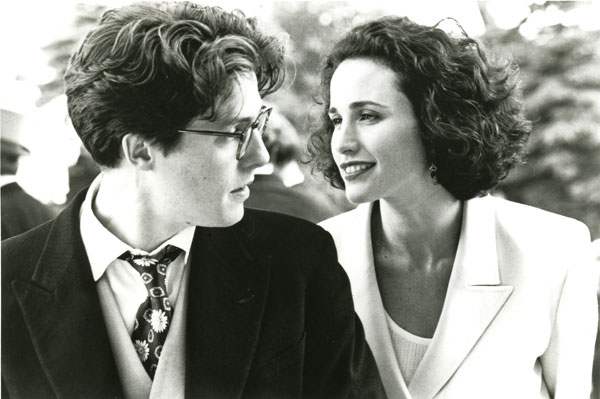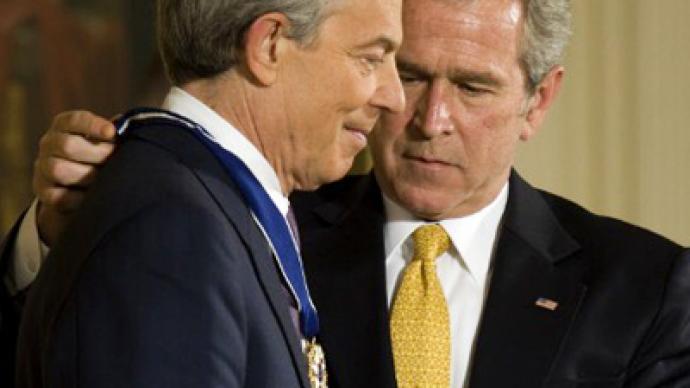The myth of the "post-war economic miracle" implies that the war itself contributed to our prosperity today but there is no evidence for this. Few economic factors influencing the growth of modern industrialised nations can be advanced by conflict between them. Useful material resources may be obtained by seizure or colonisation (bold). But it is unclear WW2 distributed much resource to the allied nations except the USA and the USSR (who raced each other to acquire Nazi Germany's military technologies).
Telecommunications, electronics and computers
Domestic labour saving devices and consumer products
Agriculture, medical care and health
Physical obtainment of energy sources or raw materials including land
New synthetic materials, chemicals and sources of energy
Increased human resource, social mobility, urbanisation, women’s liberation and education
Engineering advances in construction, exploration, mining, transportation, manufacturing, mass production and automation
Tolerance to global impacts elsewhere
Furthermore there is no reason why the useful spin-off technologies developed in war would not have developed during an alternative peace. Technologies are owed to our ever advancing science along with our tolerance to their global impact. The evidence of the trends is that this advance continued despite the war and not because of it.

























































